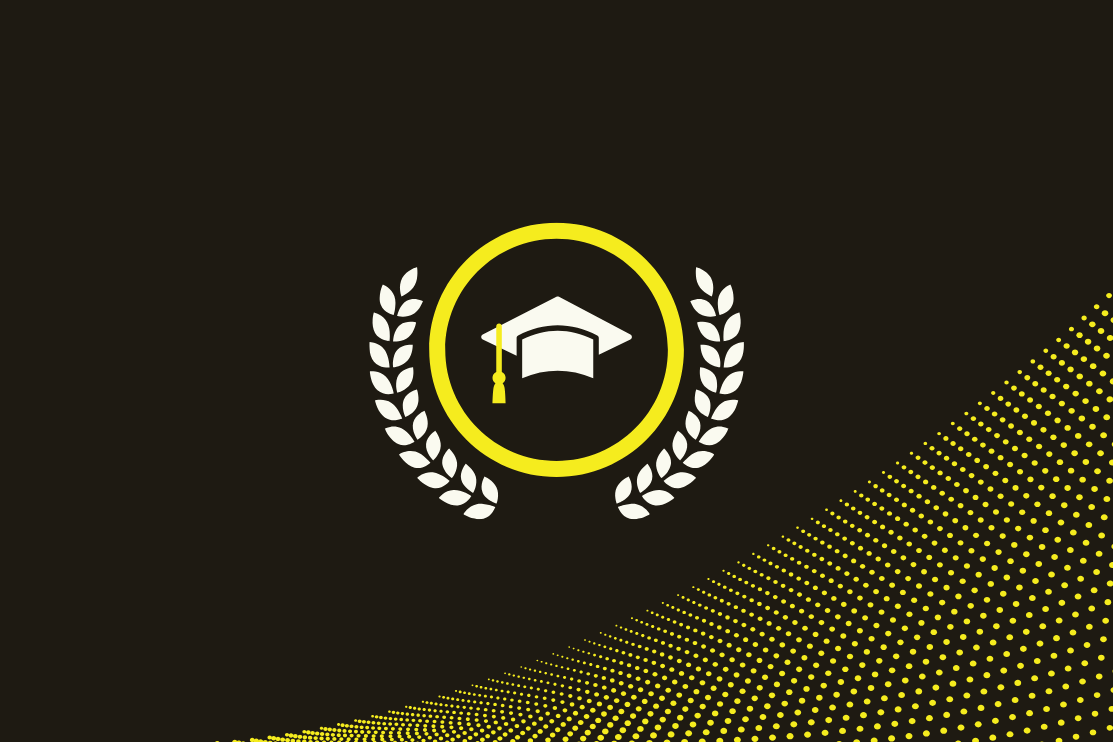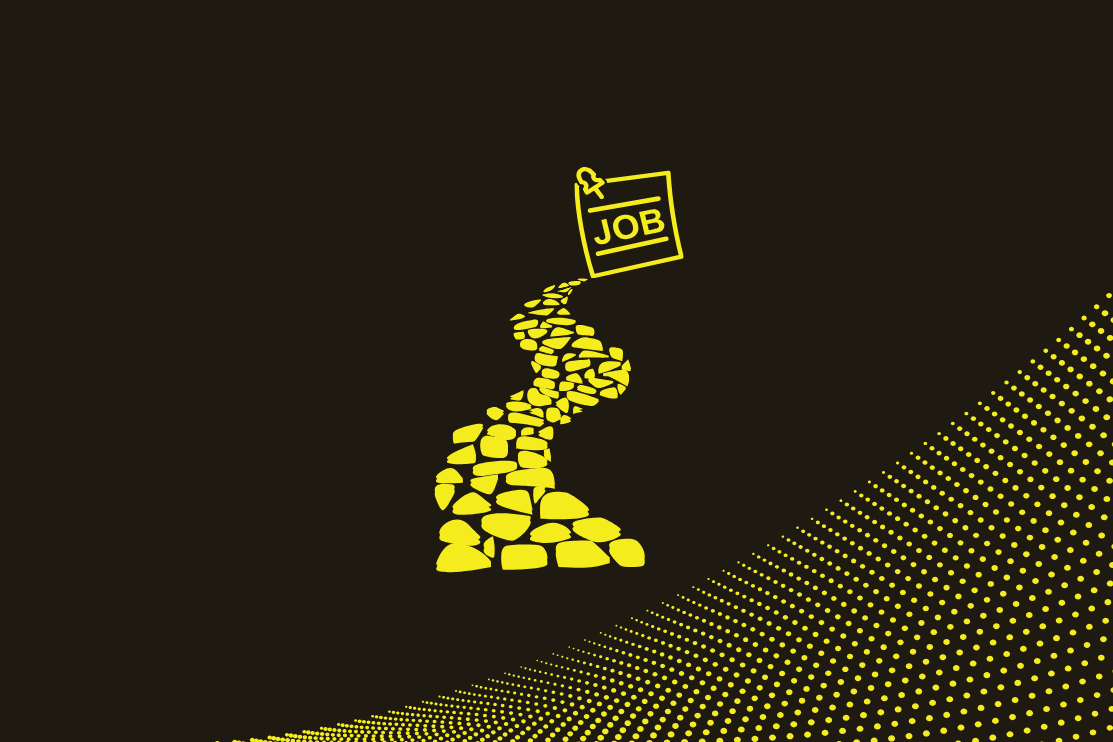Ensuring All Students Have Access to High Quality CCR Opportunities, Resources, and Development
Ensuring All Students Have Access to High Quality CCR Opportunities, Resources, and Development
Ensuring All Students Have Access to High Quality CCR Opportunities, Resources, and Development
Ensuring All Students Have Access to High Quality CCR Opportunities, Resources, and Development
Ensuring All Students Have Access to High Quality CCR Opportunities, Resources, and Development
Ensuring All Students Have Access to High Quality CCR Opportunities, Resources, and Development
Don't miss our breakout sessions!
Book time with our team on-site!
Our team is excited to meet you. Book a time that works best.


The past decade has seen many districts across the country make notable strides in offering robust college and career readiness (CCR) programs. During this time, schools and districts have established as part of their strategic planning to have all students create a four-year personalized learning plan during high school regardless of whether they hope to go onto college or a career; to have students determine goals that align with these plans; to give students access to career-centered programs that offer hands-on and work-based learning opportunities; and ultimately for all students to leave high school ready and prepared to lead a productive and fulfilling life.
Despite meaningful and systematic efforts, so much of a student’s access to and readiness for opportunities after high school is still dependent upon the school they go to, the specific counselors available, and their family background and support network. While every school or district has a unique profile of demographics and socioeconomic and cultural characteristics, there are developmental milestones and standards for postsecondary success that schools and districts should strive to ensure that all students meet. This aspiration can provide a way for schools and districts to organize their efforts, establish metrics for monitoring progress, and develop a clear vision of success.
This toolkit provides structures, processes, and implementation steps for districts or individual schools to establish or improve their CCR initiatives so they benefit all students. It addresses the challenge of both respecting the breadth of postsecondary outcomes available to students while ensuring that students are informed and supported to maximize the opportunities that they are prepared to be successful in pursuing. Administrators, counselors, and educators can use the tools as a guide in working to implement a systemic approach to supporting all students in academic readiness, self-awareness of personal passions, family engagement, identifying financial needs and resources to address them, and the timelines and demands of college and employment applications–while respecting the challenges of doing this at scale with limited time, staffing, and funding.
Related Posts
See All





